Question And Answer
Publications
Articles, publications, books, tools and multimedia features from the U.S. Institute of Peace provide the latest news, analysis, research findings, practitioner guides and reports, all related to the conflict zones and issues that are at the center of the Institute’s work to prevent and reduce violent conflict.
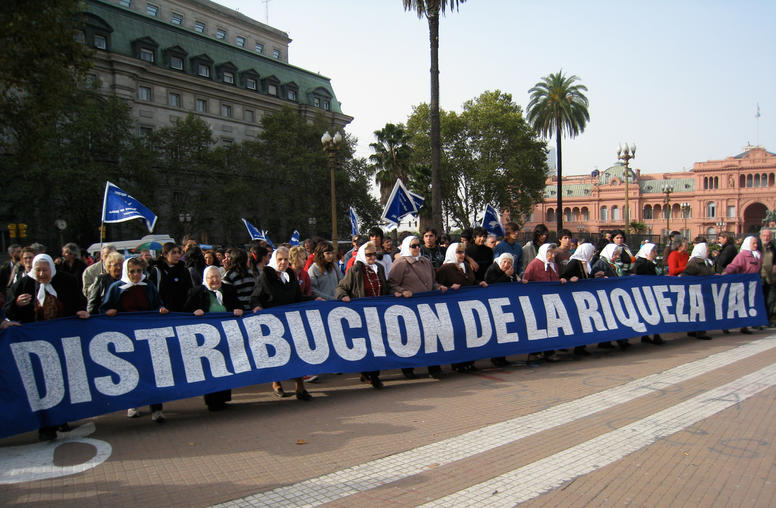
How Women Drive Nonviolent Movements for Change
In 2004, when Iraqi political and religious leaders tried to roll back a longstanding law asserting broad rights for women, thousands of Iraqi women mobilized to defend it and to enshrine their rights in the constitution. They marched, wrote protest letters and lobbied the U.S.-led coalition then ruling the country. Carla Koppell, then with the Institute for Inclusive Security, suggested to political analysts evaluating Iraq’s spreading insurgencies that the women’s campaign was a type of activism that U.S. policy should support. But the analysts were dismissive, Koppell recalled in a discussion last week at the U.S. Institute of Peace. “They said, ‘Oh, that’s just women who haven’t taken up arms yet,’” Koppell said. “Yeah. That’s kind of the point, isn’t it? And women were the majority of the country.”
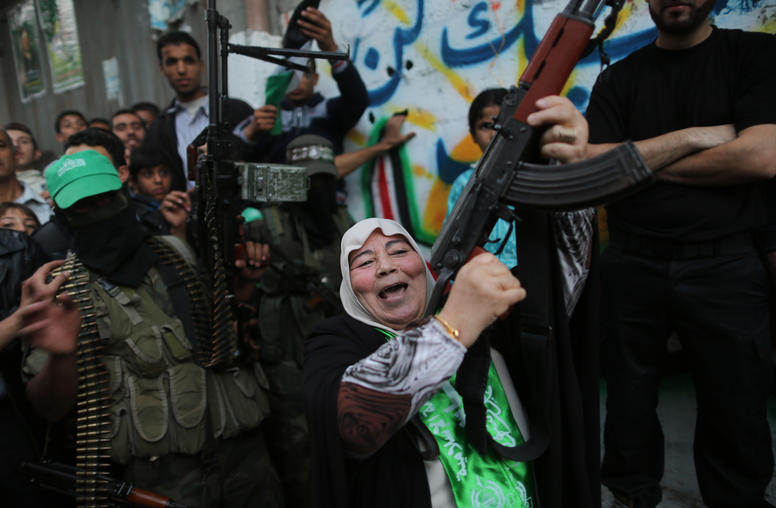
From Nazis to ISIS: Women’s Roles in Violence
From the Nazi regime of the 1940s through the Islamic State of today’s Middle East, an obscured element of history runs though the phenomenon of violent extremism: the participation of women. Contrary to the classic image of women as victims or, at least more recently, peacemakers, new research shows how women can stoke, support and sometimes directly join in violent action, scholars said in a discussion at the U.S. Institute of Peace.
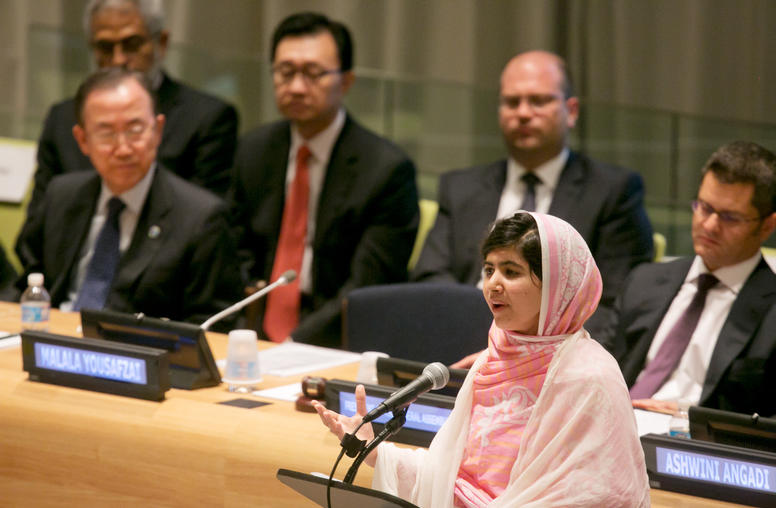
Why International Women’s Day Matters
When Mahatma Gandhi was leader of the Indian National Congress in 1921, he advocated for women’s rights as key to modernizing Indian society. He understood that you cannot change a society peacefully without turning to women, half of the population, to make it happen. In an open letter in 1930, he wrote, “If nonviolence is the law of our being, the future is with women.” It was a radical idea at the time to make women, who usually are invisible, visible. It’s still radical today.
Rep. Donna Edwards: Invest in Women to Rebuild Haiti
Rep. Donna Edwards, Democrat of Maryland, and others spoke at USIP on the importance of rebuilding Haiti and the role women should play.
U.S. Unveils Action Plan for Women, Peace and Security
In a historic change in how the U.S. government approaches peacebuilding in conflicts abroad, President Barack Obama on Dec. 19 signed an executive order creating a U.S. National Action Plan on Women, Peace, and Security—an initiative that Secretary of State Hillary Rodham Clinton described as “a comprehensive roadmap for accelerating and institutionalizing efforts across the United States government to advance women’s participation in making and keeping peace.”
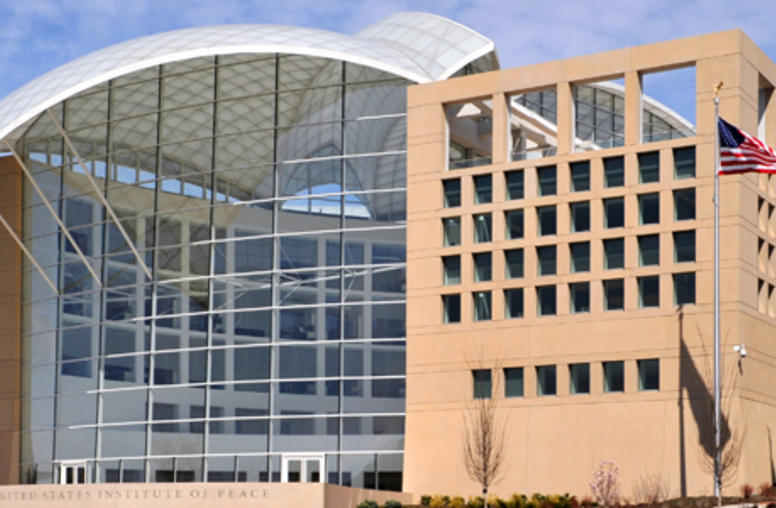
USIP in 2011: Year in Review
USIP experts look back at 2011 and ahead to 2012 on the Two Sudans, Afghanistan, Pakistan, the Arab/Israeli conflict, gender issues, and more.
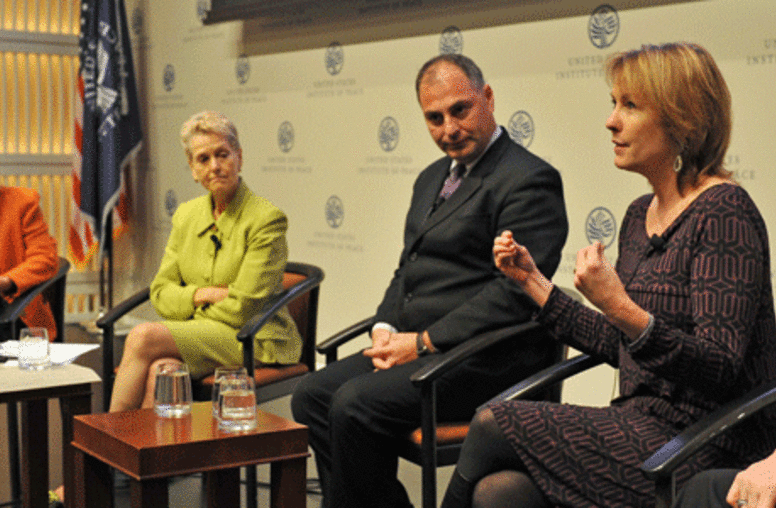
Gender and Peacebuilding: Highlights from 2011 and Looking Ahead to 2012
Gender and Peacebuilding Center Director, Kathleen Kuehnast, discusses USIP's focus on women's equality in 2011 and looks ahead at the gender projects USIP will work on in 2012.
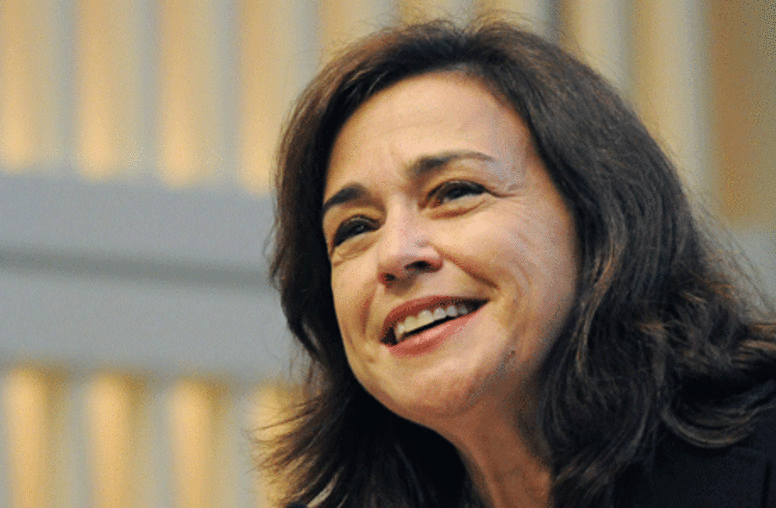
Engaging a World in Transition
USIP's Tara Sonenshine, nominated to lead the U.S. State Department's office of Public Diplomacy, discusses how to maintain America's core values but embrace the change occuring around the world.
Women Peacemakers in Iraq
USIP’s Maria Jessop and Ayse Kadayifci-Orellana discuss the power of dialogue to bridge divides and the role of women peacemakers in Iraq in the context of a workshop for the women of USIP’s Network of Iraqi Facilitators (NIF) they conducted in May 2011.
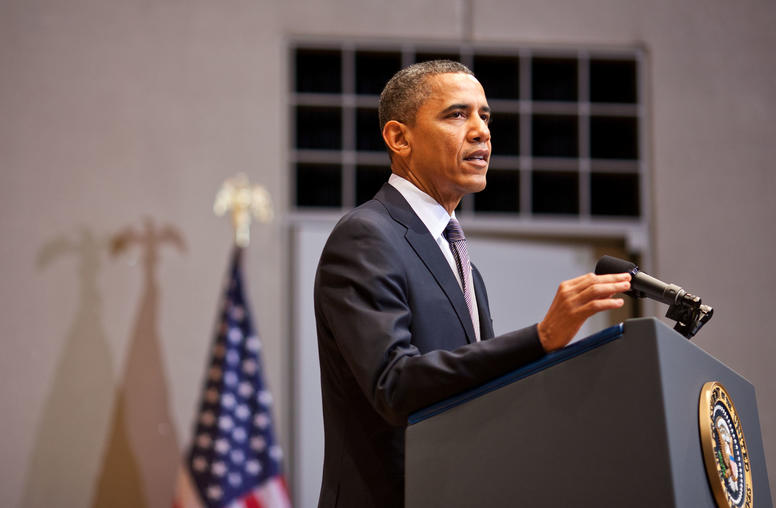
USIP’s Lawrence Woocher on the New Steps to Prevent Genocide
USIP’s Lawrence Woocher discusses President Barack Obama’s major announcement Thursday on new steps to prevent mass atrocities, including the creation of an interagency Atrocities Prevention Board and other initiatives.